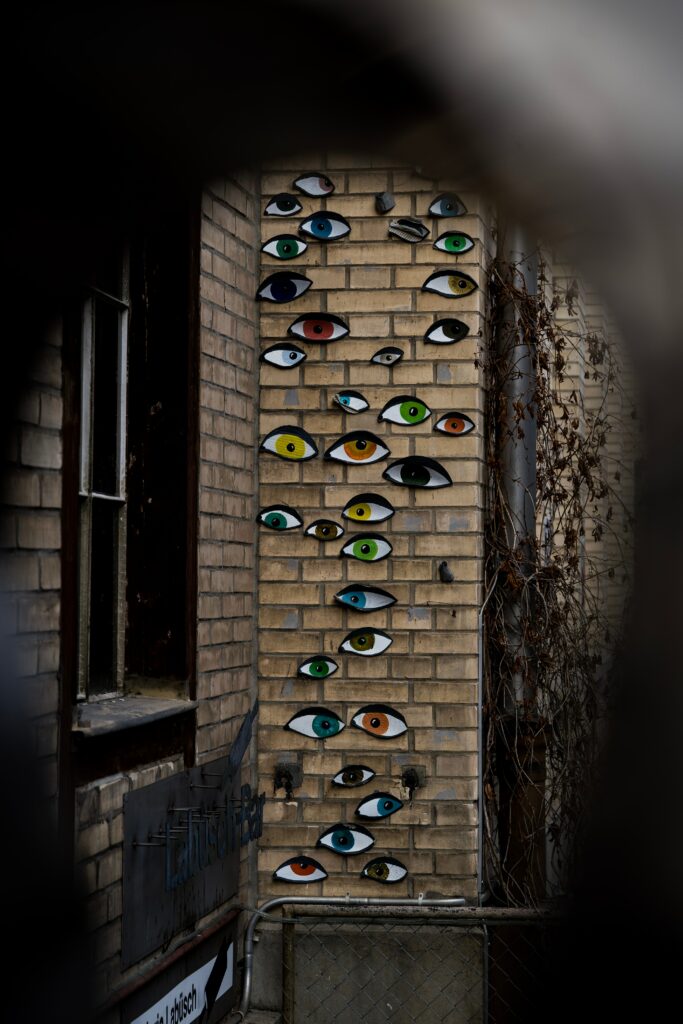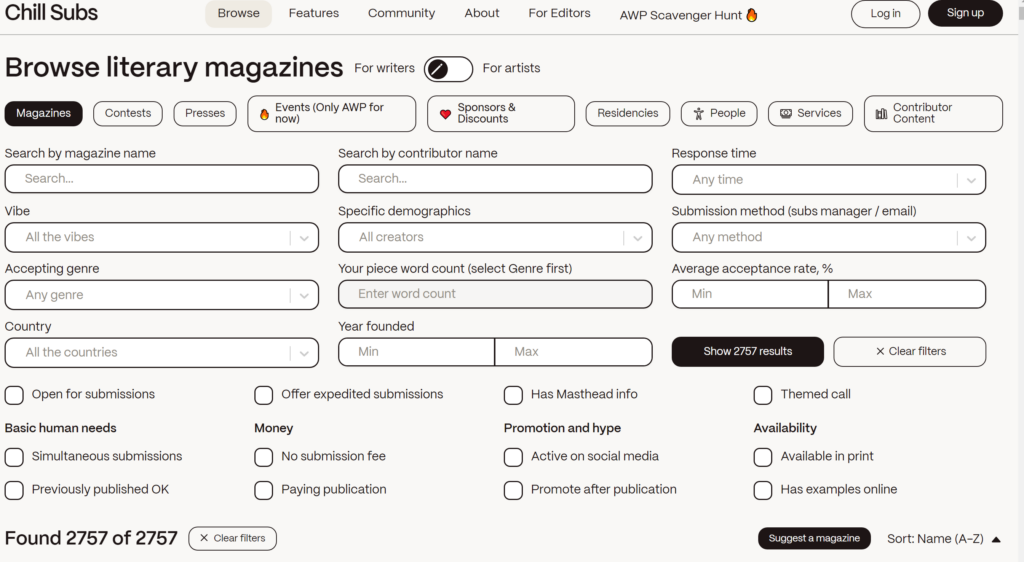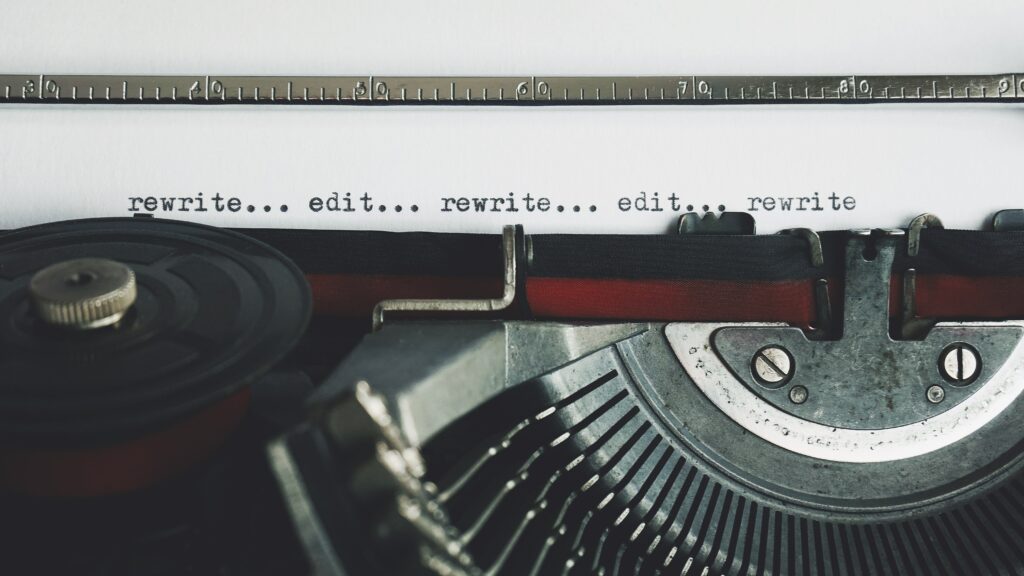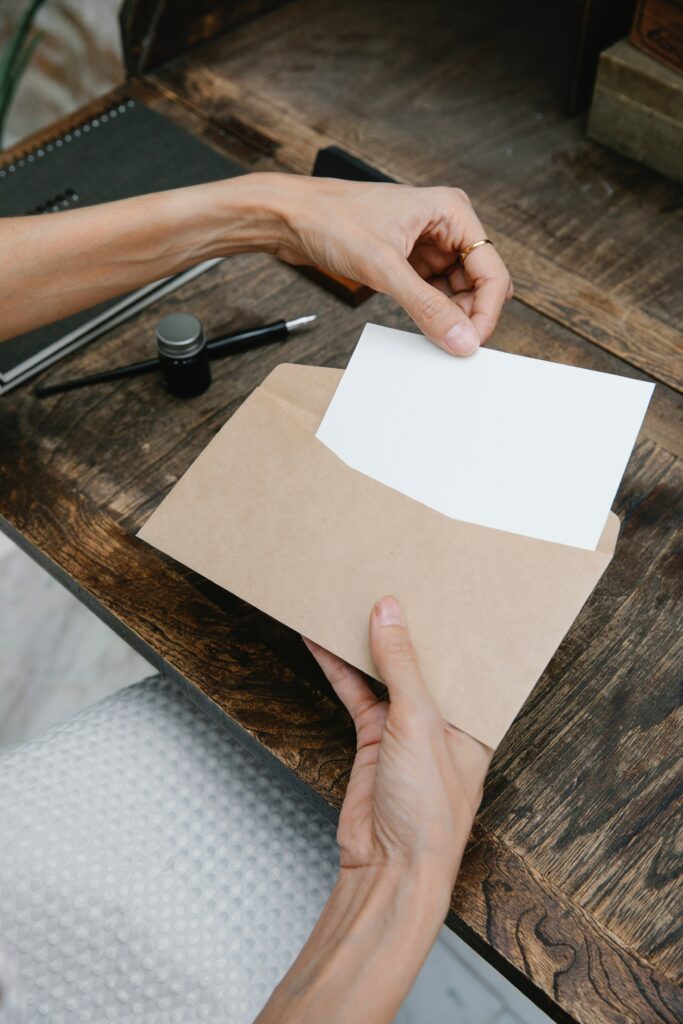
The end of term has arrived, and with it comes the end of my regular inquiry blog posts. The timing is serendipitous in many ways; I’ve touched on the major points that I was eager about (such as pseudonyms, organizing my submissions, and researching literary magazines), and now that my first round of submissions are out there, my next major task is hang tight and wait for responses back.
The waiting game is a key part of the process for all writers, but it’s the unglamorous part that, while filled with anticipation, is not especially interesting to write about. So just know that in the coming weeks that you don’t hear any update from me, I am waiting eagerly, anxiously, and doing my best to continue carving out writing time even while the end of term and start of practicum comes my way.

Though my Educational Technology class will be well over at that point, I’ll write up a follow-up post upon receiving my first response back from a literary journal, whether it’s an acceptance or, as is statistically more likely, a rejection! Regardless, I’ll be eager to update you on my progress at that time.
For now, goodbye and take care!














